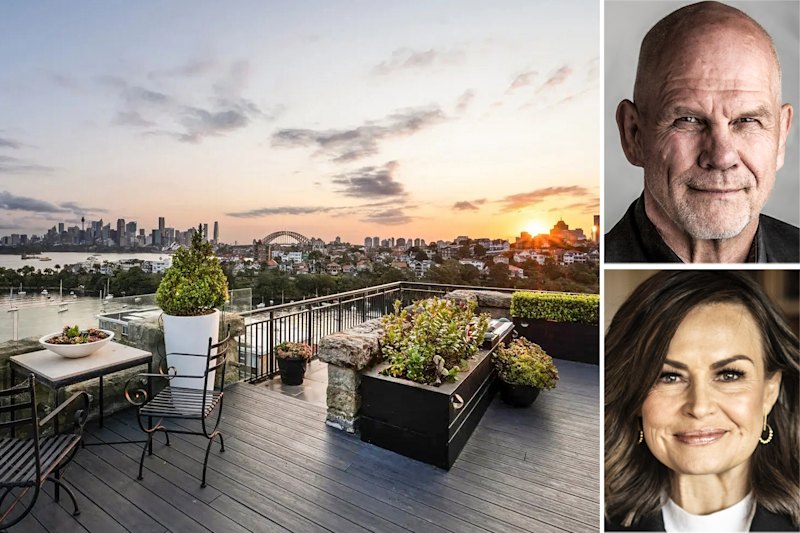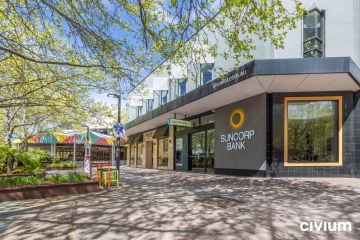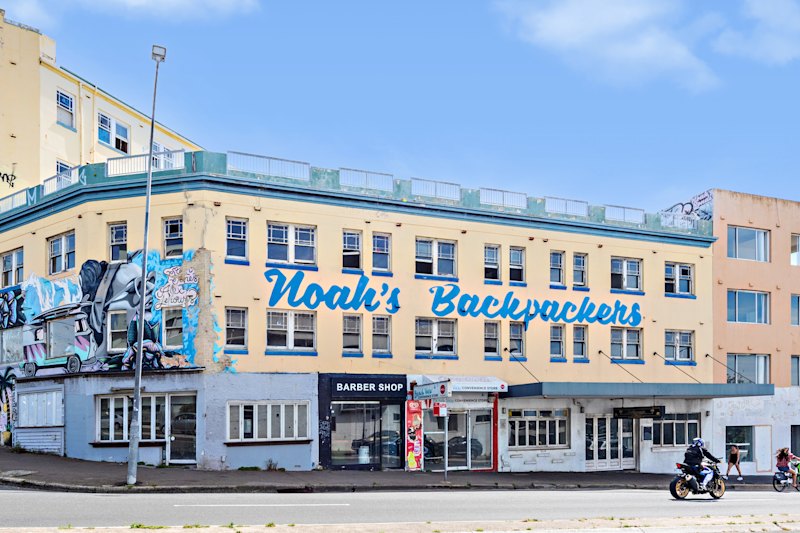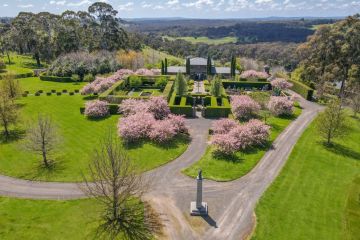Meandering design of Perth house leaves others in the shade
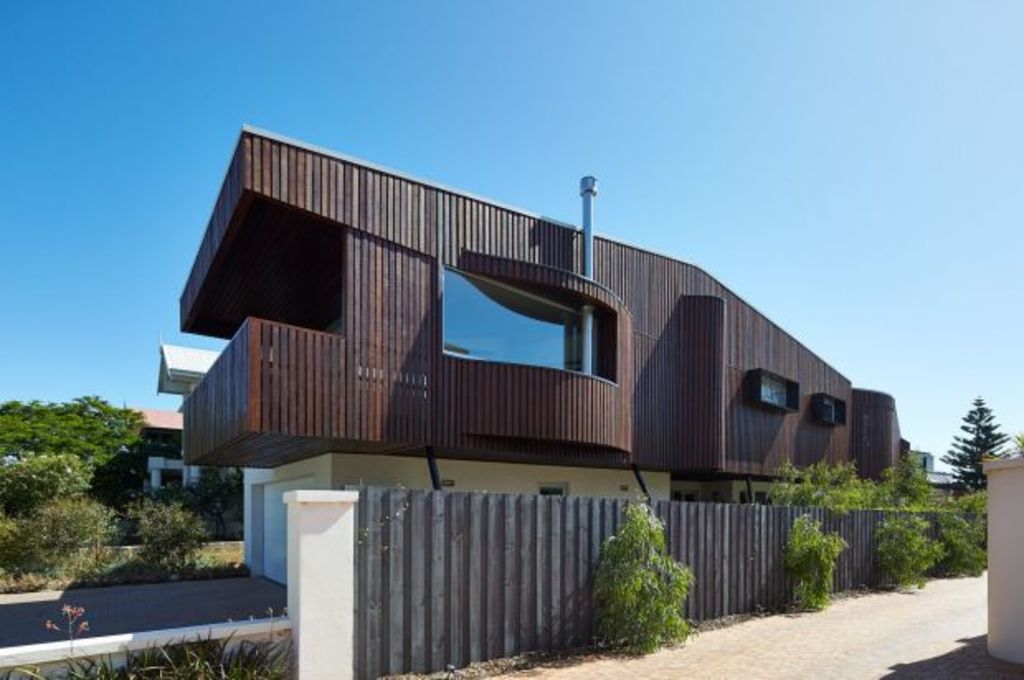
In Perth, and as good as a high site that on a clear day sees the Swan River, the city, the Indian Ocean – and sometimes Rottnest Island – can be, there was a major downside.
An east-west orientation in Western Australia means potential exposure to the harshest sunlight. So mitigating such solar intensity was the reason Iredale Pedersen Hook Architects “stretched” a double-storey house such a long way down the 14-metre-wide block.
“We needed to create a north-facing facade,” explains Adrian Iredale. “And we needed to control that difficult orientation.”
The most intriguing new home in the mixed demographic suburb of Mosman Bay has a reasonably conventional street-front presentation and understorey, where what Iredale calls “the passive space of three bedrooms, study and a potential rear and separate granny flat extension, are all accessed from the full-length side corridor”. All those lower rooms have their own small courtyards.
Apart from the curved, stylised Gothic impression of the long gallery/corridor, the lower level is rectilinear and conventional and done out in a white sand-based render.
It’s “the pedestal for the element above” which is where it gets interesting. The upper floor is a marvellously meandering form rendered in vertical and recycled (“up-cycled”) Jarrah that overhangs the lower level by some degree (for sun control), and that bellies out here and there into nodes.
The timbering treatment tracks right along the building until resolving into a sequence of apparently slumping screens. “The screen changes … finally folding down to a trellis on a horizontal plane where it becomes a sunscreen,” the architect explains.
As fantastical as that timber level is from the outside, Iredale says it’s rational. “All the shapes are an expression of the interior activities and functions. The first bump holds the fireplace and the electronic equipment.”
“The second bump holds a baby grand piano. The third bump is an outside veranda space where the timber changes from being solid to being the privacy and sunshade screening.”
Also sculptural and challenging, the interior plaster forms upstairs define bulkheads and spaces that accommodate open areas and discrete, semi-recessed pockets – “envelopes that push and pull”.
Iredale says they were shaped by the plasterers on site by heating and steaming the plaster panels. “We worked with curves that could be bent without having to be made off-site,” he said.
As extraordinary as the building presents as a composite – one that even includes small outdoor ponds or “billabongs” set before small, low windows to serve as cross ventilation devices for the lower floor – Iredale says there was “really nothing very expensive about this house. What we did was take ordinary [materials] and make them extraordinary”.
The process of building, was, he says, “difficult and demanding”. “But the carpenters loved it because of that.”

The interior plaster forms upstairs define bulkheads and spaces that accommodate both open areas and discrete, semi-recessed pockets. Photo: Peter Bennetts

Photo: Peter Bennetts
We recommend
We thought you might like
States
Capital Cities
Capital Cities - Rentals
Popular Areas
Allhomes
More

